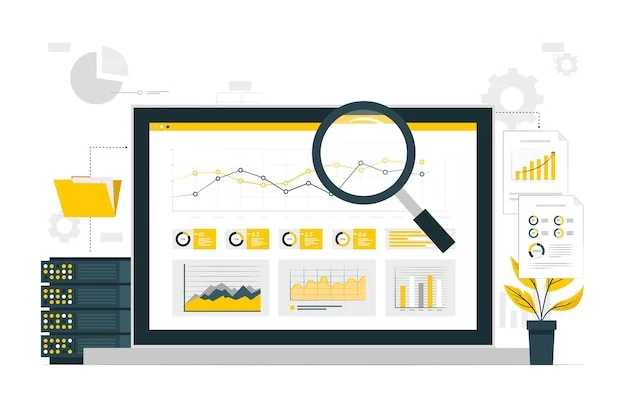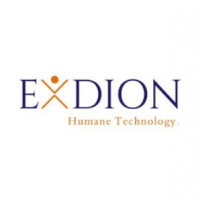The Insurance Data Lifecycle - All about Data Extraction

Strong 8k brings an ultra-HD IPTV experience to your living room and your pocket.
Insurance is a data-driven industry that relies heavily on paper documents. Critical information that insurance agencies and agents need for underwriting, policy administration or claims management often gets locked away in forms, emails, and other unstructured documents.
Several critical functions in the insurance process continue to be managed through paper. This includes policy submission with proof of eligibility, enrolment benefits, claims and updates to policy for changes in coverage.
Manual extraction of data and processing of these documents takes a lot of time and effort, and takes the attention of insurance brokers and agents away from other high-value activities such as underwriting, adjudication of claims and policy onboarding.
A recent study by Accenture found that around 66% of insurers are of the belief that AI will improve the productivity of their workforces, and more than 75% plan to use AI to correct outdated processes.
Artificial intelligence and, more specifically, machine learning can now be used to extract all kinds of data points from insurance documents. Data capture isn't new technology, but the levels of accuracy and reliability needed in insurance policy data extraction demand the latest methods and technologies.
AI and ML have started allowing computers to document data extraction from insurance documents a lot more efficiently while allowing insurance brokers and agents to deal with more pressing matters. If you’re looking to improve efficiency inside your company, whether it’s an insurance agency, carrier, consultancy, or any related entity, read on to see how intelligent automation can help streamline business processes.
Turning Unstructured Data Into Structured Data
Handwritten notes, forms, requests, receipts or statements are all untapped resources that can cost businesses time and money. Manually reviewing this type of unstructured data and entering it into the records can also be extremely tedious.
This is why Optical Character Recognition (OCR) has become an important aspect of digitization in the insurance industry and other sectors. It allows computers to scan images of handwritten or typed documents and turn this into computer-readable text. When working in conjunction with Natural Language Processing (NLP), OCR can help insurers extract data from documents in a number of ways:
It is a time-saver. Large insurance companies don't have the resources to manually pour over millions of documents every day. Automation makes this easier and frees up your resources for other tasks too.
Automating data extraction methods allows insurers to offer fast and convenient access to policy quotes and comparisons that could take several days to put together, when done manually.
When compared to manual data extraction, using automation actually means fewer errors and omissions.
Due to the high quantity of data that can be captured, it allows insurers to make more accurate predictions and risk assessments, which means that premiums can be priced fairly for all customers.
Customer Request Automation
Customer requests are often repetitive. They could include requests for minor changes that take away valuable time from their core work duties. Some common requests include change of address, contract cancellations, and the addition or removal of a person from an insurance policy or service.
For instance, if a customer sends an email requesting a change of address, AI-backed automation can determine the intent of that email and send it to the right department. It can also pull relevant information and map it directly to the right field in the company’s database.
Faster Claims Processing
Insurance claims can come in various shapes and sizes. They could be in printed forms, handwritten doctor’s notes, or photos of a damaged motorcycle. AI should be able to scan and understand the intent of any of these forms. AI models also have the capability to sort images based on what’s in those images. This information can be used to either automate a response to the request, or route it to the right department.
Data Extraction and Aggregation
Large insurance companies will have several thousands of claims to close each year. Each claim could take their sales reps anywhere between 15-30 minutes a day to handle manually. To close these claims, sales reps were often pulling data from multiple systems and pasting this data onto documents. That document would then need to be printed and signed.
AI can automate this data extraction and put together all the relevant information into a PDF which can then be signed electronically. This process will now take each rep only a few minutes to complete, saving them a huge chunk of time. Employees can redirect their time towards customer service and closing new business opportunities.
Why Automated Data Extraction in Insurance Can Be a Game-Changer
If you’re still not clear about the significance of automated data extraction, it's time you looked at the bigger picture. The insurance industry is constantly evolving. Modern technology is not just changing how insurers work but also what policyholders expect from their insurers.
The biggest trends in insurance are driven by big data. This means there are huge volumes of data that can't be analysed or understood without the help of machine learning. Big data is a crucial aspect of Internet of Things (IoT) insurance devices, including car telematics. It is now a necessary step for insurers looking to offer personalized insurance policies which meet the customer needs completely.
Additionally, insurers have access to a huge amount of customer data at their fingertips, which wasn’t accessible till recently. Now, with the help of AI and ML, big data can be used extensively to improve customer service and gain an edge over the competition.
Read More: The Insurance Data Lifecycle - All about Data Extraction
Note: IndiBlogHub features both user-submitted and editorial content. We do not verify third-party contributions. Read our Disclaimer and Privacy Policyfor details.




